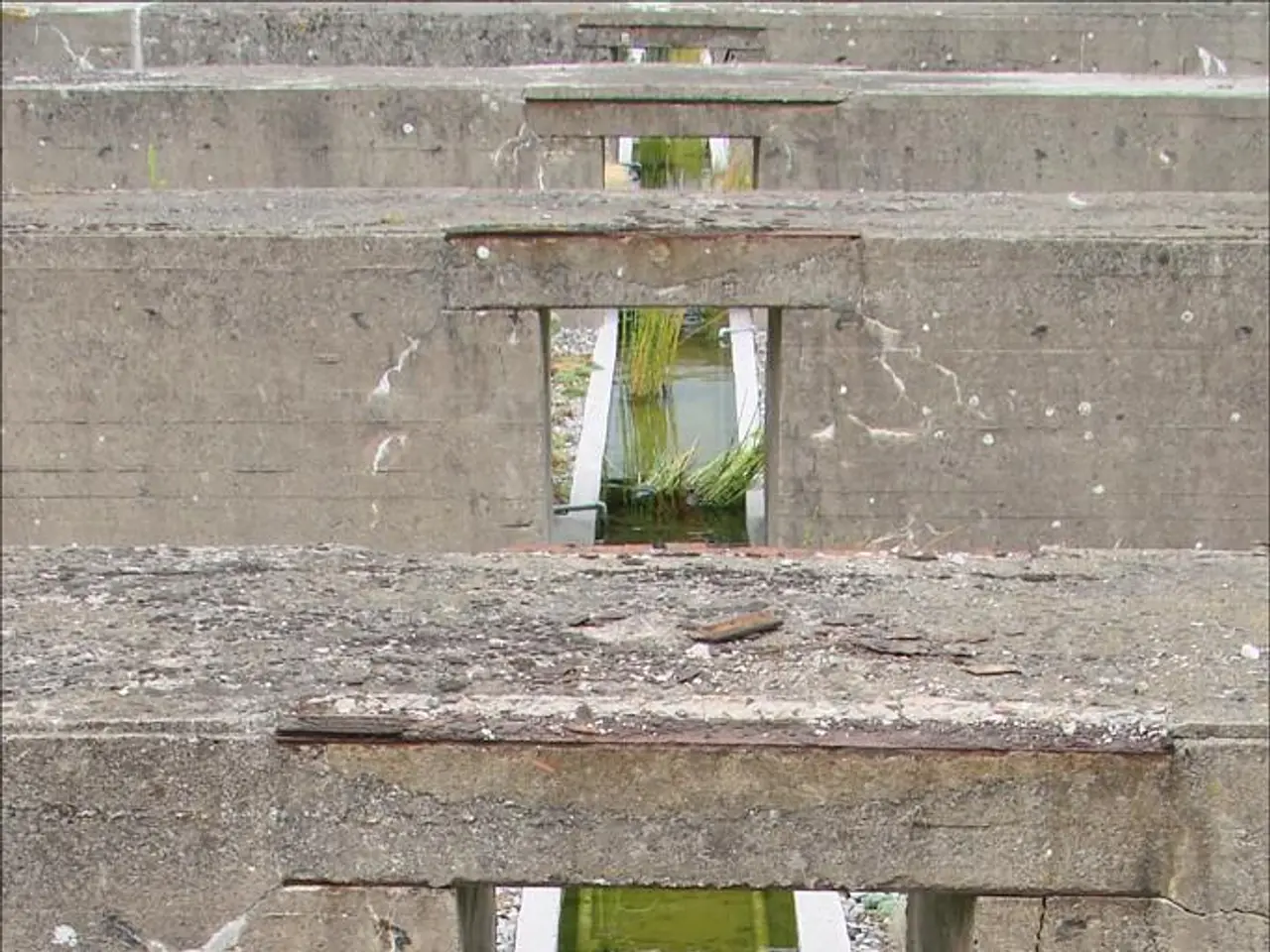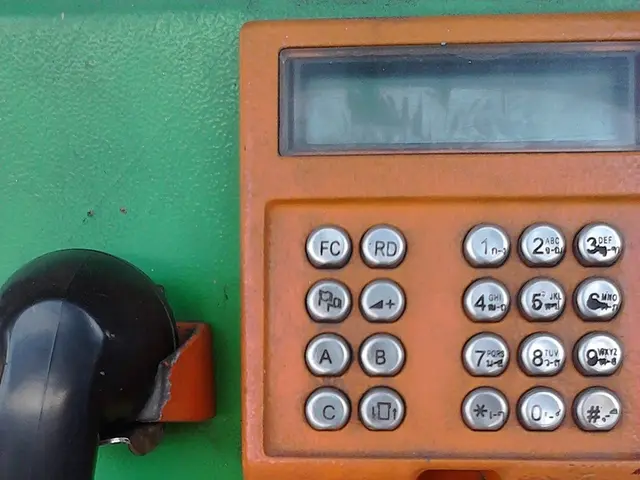Groundwater Resources - Deep Reservoirs (Aquifers)
News Article: Understanding the Hazard Ranking System for Groundwater Pathways
The Hazard Ranking System (HRS) is a crucial tool for evaluating the potential risks posed by hazardous substances in groundwater pathways. This system, in particular, focuses on the intricacies of karst aquifers, a type of aquifer found in regions with high rock solubility, such as limestone, dolomite, gypsum, and salt deposits.
Karst aquifers, characterised by solution cavities, sinkholes, and conduits, present unique challenges due to their rapid and unpredictable groundwater flow. The HRS takes into account several factors when assessing these aquifers, including the potential for contaminant release, waste characteristics, and specific targets.
- Aquifer Definition:
An aquifer is a geological formation capable of yielding a significant amount of water to wells. It stores water in pores, fractures, or cavities and transmits it at a rate sufficient for water supply. Aquifers typically have intrinsic permeability and hydraulic conductivity values above certain thresholds.
- Aquifer Boundaries:
Boundaries are defined based on hydrogeologic units, geologic formations, and hydrologic parameters such as water table extent, confining layers, or impermeable strata that restrict groundwater flow. Boundaries are necessary to delineate the spatial extent of the aquifer for risk assessment.
- Aquifer Discontinuities:
Discontinuities include zones of reduced permeability or impermeable barriers within or adjacent to the aquifer that interrupt flow or isolate parts of the aquifer. These are considered to avoid overestimating the contamination spread or vulnerability.
- Aquifer Interconnections:
Connections between aquifers through fractures, faults, or permeable pathways that allow groundwater flow between different aquifer units are critical in evaluating contaminant migration. Interconnections affect the potential for contamination to spread beyond the initially impacted aquifer.
- Karst Terrain Considerations:
Assessments must account for the unique pathways and their effects on contaminant spread and exposure risk in karst terrain. Karst aquifers, due to their high vulnerability and fast contaminant transport, require special evaluation compared to typical porous media aquifers.
In addition to the above criteria, other factors such as groundwater recharge, depth, and media, statistical and geochemical data on groundwater quality, and a combination of field data, hydrogeologic mapping, geophysical surveys, and water quality analyses are also considered in the HRS groundwater pathway evaluation.
The HRS is an essential tool for understanding and mitigating the risks associated with hazardous substances in groundwater. Its focus on karst aquifers, with their unique hydrogeological behaviour, ensures a comprehensive and accurate assessment of contamination hazards in these regions.
- Surface water contamination could potentially affect the quality of drinking water resources if aquifers are not properly protected, considering their interconnections.
- In environmental-science and business, investing in projects that prioritize the protection of aquifers from waste can help ensure a sustainable supply of clean, potable water.
- The science behind the Hazard Ranking System (HRS) considers not only groundwater flow but also air quality, as some contaminants can volatilize, posing a double threat to both water resources and the atmosphere.
- To further build on the HRS, scientific research could focus on developing improved methods for monitoring and managing surface water that drains into karst aquifers, given their rapid and unpredictable groundwater flow.
- The If you are concerned about the environmental impact of your business practices, it might be beneficial to explore how waste management strategies can help prevent the pollution of water resources, including groundwater and surface water.





